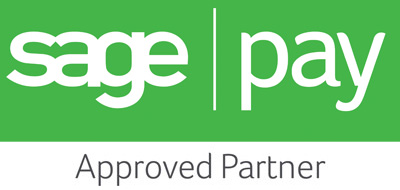What Is Intent Data And How Can I Use It?
Intent data is similar to having a crystal ball – it shows you what research your prospects have already undertaken, what their main problems are, and where they are in the purchase decision making process. There are two types of intent data – first party and third party. First party intent data comes from your own website and activities, and includes details of who has submitted enquiry forms, downloaded whitepapers and interacted with your website personally. Third party intent data is collected from across the web, through searches and third party analytics cookies which track a user's activity and build a picture of them. This picture shows their interests, their recent searches and activity and can be analysed to see where they are in the buying cycle.
Google and Apple are changing the ways they track users across the web, with Google Chrome about to block third party cookies. This means first party intent data should be your focus. First party intent data can be used by your sales team to proactively contact people who you know are at the end of the sales funnel, so to really understand what this means you need to know what journey customers take through your site so you know what stage they are at. Are they at the research stage, the end of that stage, the scoping stage or are they almost ready to buy?
The term “intent data” is a relatively new one, and it is, in essence, a new way of looking at data that was already being collected but not maximised to its full potential. We have always been able to glean a lot of information from first party tracking and analytics, but taking a new angle on this reveals a lot more about the mindset of your prospects, and by extension, what they need to see or hear to help encourage them to make a purchase. At the account level, intent data can be used to define a specific, personalised pitch or marketing message straight to the individual or the buying team at a company, while at the broader level it can be used to define marketing campaigns that really speak to your prospects.Intent data can give a level of insight similar to that which you would gain from having an actual conversation with each customer.
Analysis of intent data can also identify new accounts that can be picked up by the sales team and given their full attention. Using lists generated from email sign ups and content downloads you can see the history of each user on your website, so you can tell what sort of questions they're looking to answer. This gives your sales team a competitive advantage over other companies who may still be relying on cold calling these prospects; using intent data to find out more about each prospect leads to a more fruitful conversation and starts to build a solid business relationship.
It can help to think of intent data as a questionnaire that each website visitor is answering for you, even while they're just browsing.It's all well and good seeing what your website visitors are up to, but to turn this into actionable insight you need to qualify this data against some questions. Your key questions might be something like:
- Does this person already have a solution and they're looking to upgrade?
- Does this person have no solution, and they are in the early stages of research?
- Does this person have the time to engage with us on a one-to-one basis?
- Does this person intend to buy, or are they a competitor scoping out our site?
- Does this person have the budget to invest?
- Where is this person on their sales journey
- Are there clear questions this person is looking to answer? Can we answer them?
Using intent data in the right way can improve the RoI of your sales and marketing activities with comparatively little extra work for you.Intent data can be your crystal ball.
